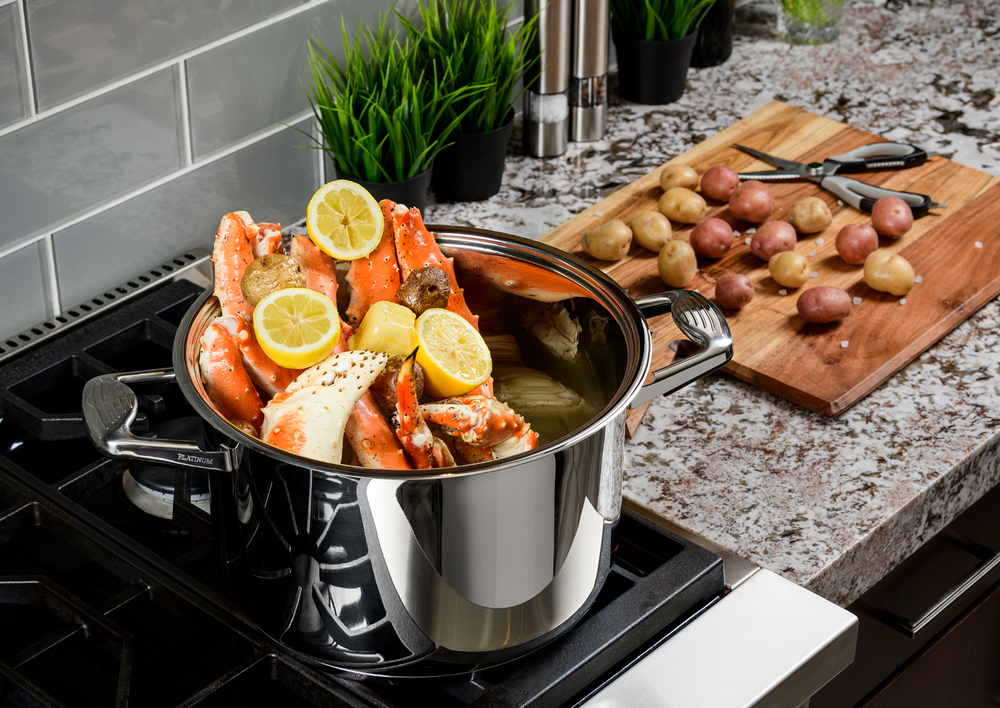Should You Cover the Pot When Making Stock? Insights for Barbecue Enthusiasts
Written By James Morgan
When it comes to making stock, a common dilemma faced by barbecue enthusiasts and home cooks alike is whether or not to cover the pot during the cooking process. So, should you cover the pot when making stock? This query, often buzzing in the kitchen, can significantly impact the final flavor and quality of your stock. In this article, we'll explore this subject in-depth, offering comprehensive insights, tips, and techniques.

The Science Behind Making Stock
Cooking stock is both an art and a science. The main ingredientsbones, meat scraps, vegetables, herbs, and spicesare simmered in water to extract flavors and nutrients. Covering or leaving the pot uncovered has a direct effect on evaporation, concentration, and cooking time.
Uncovered Pot Pros and Cons
Leaving the pot uncovered allows moisture to evaporate, concentrating flavors and making the stock richer and more intense. However, it may also increase cooking time and require more frequent topping off to maintain the proper liquid level.
Covered Pot Pros and Cons
On the other hand, covering the pot traps steam, resulting in quicker cooking and less liquid evaporation. While this method preserves more moisture, it could potentially result in a less concentrated flavor.

When to Cover and When to Leave Uncovered
So, should you cover the pot when making stock? It largely depends on your end goals. For a deeply concentrated flavor ideal for gravies and sauces, leaving the pot uncovered might be your best bet. If youre looking to save time and maintain a larger volume of liquid, covering the pot could be advantageous.
Specific Scenarios for Barbecue Enthusiasts
Barbecue enthusiasts often use stocks as a base for marinades, brines, and sauces. For these applications, the intensity of flavor can make a significant difference. If you aim for a smoky, rich stock to complement your grilled meats, consider leaving the pot uncovered.

Practical Tips for Making Stock
- Use High-Quality Ingredients: Whether you cover the pot or not, the quality of your ingredients plays a crucial role in the final product.
- Control the Heat: Simmer your stock on low heat. High heat can break down the proteins, resulting in a cloudy stock.
- Regular Skimming: Periodically skim off any foam or impurities that rise to the surface for a clearer stock.
For more tips on stock-making, check out this guide and this detailed recipe.

Conclusion
In summary, whether to cover the pot when making stock depends largely on your culinary objectives and preferences. By understanding the pros and cons of both methods, you can make an informed decision that best suits your cooking style.
For further reading on the topic, check out this informative article.
FAQs
What is the best size of stockpot to use?
The size of your stockpot should align with the quantity of stock you wish to make. Typically, a 12-quart pot is sufficient for most home kitchens. Learn more about it here.
Can you use a slow cooker to make stock?
Yes, a slow cooker can be an excellent alternative for making stock, as it allows for low, even heating over an extended period. Discover some great slow cooker recipes here.
How long should I simmer stock?
Generally, a good stock requires around 4 to 6 hours of simmering. However, the time can be adjusted based on the desired intensity of flavors.
As an Amazon Associate, I earn from qualifying purchases.



